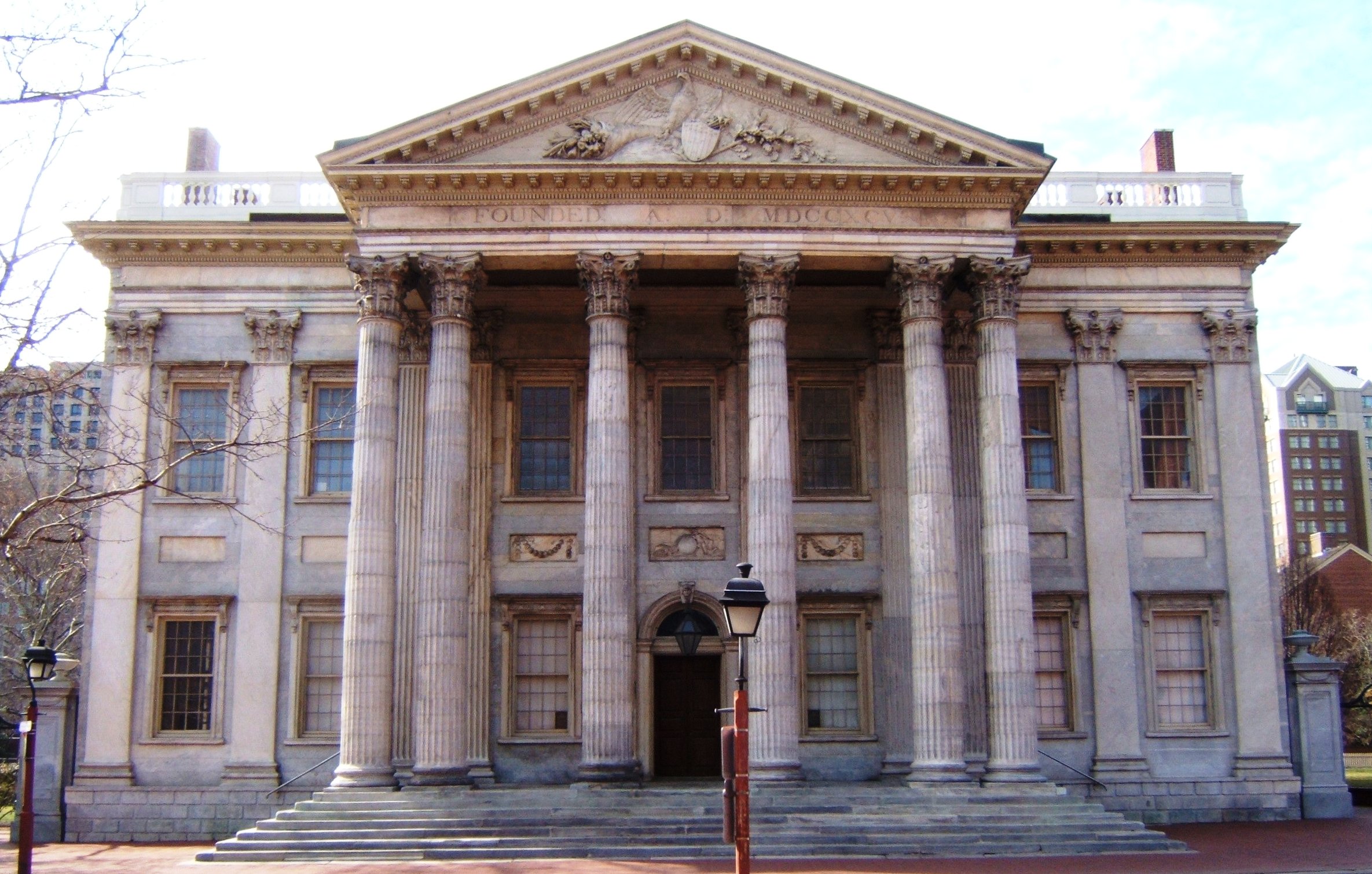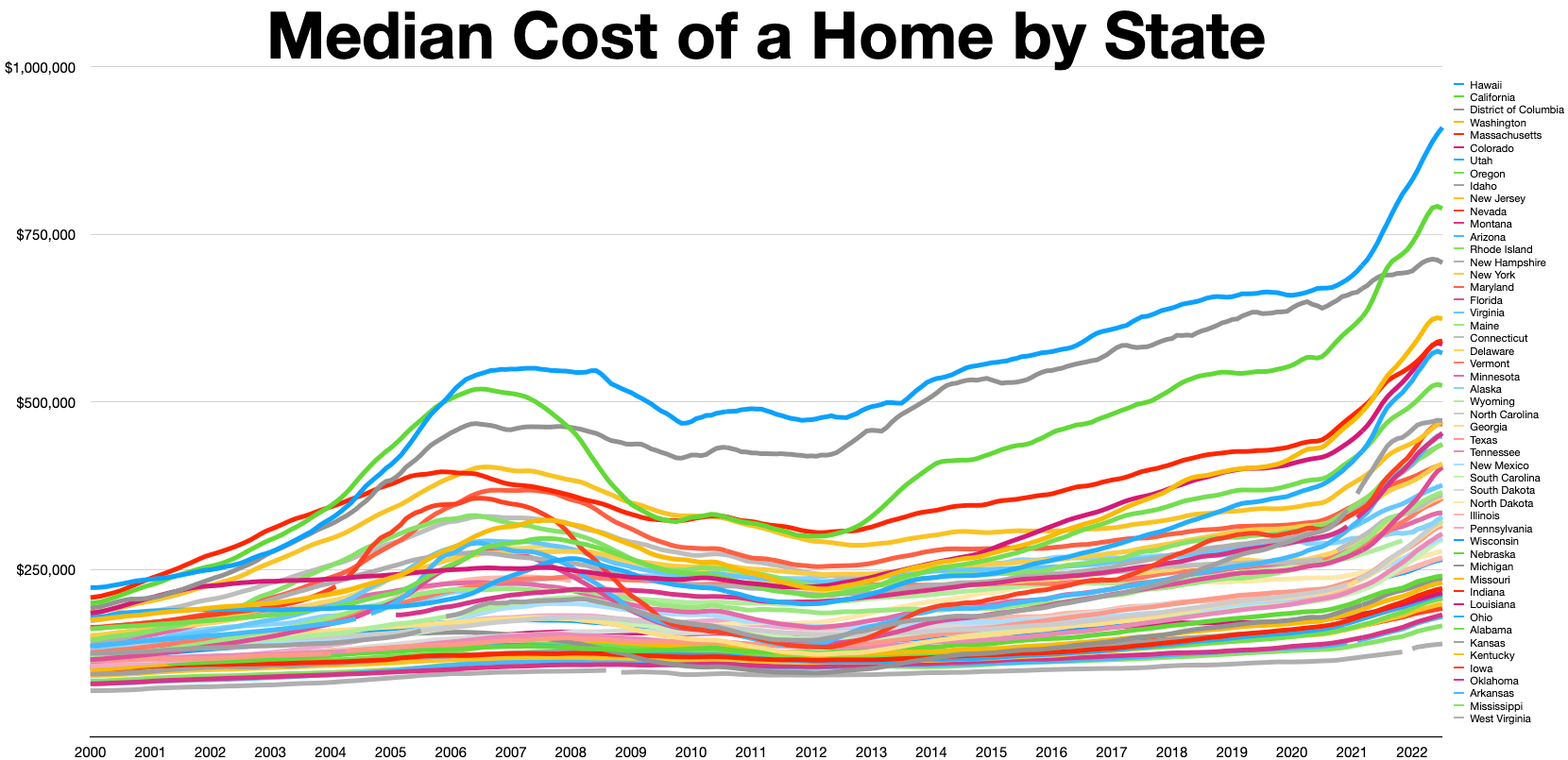|
Riegle-Neal Interstate Banking And Branching Efficiency Act Of 1994
The Riegle-Neal Interstate Banking and Branching Efficiency Act of 1994 BBEAamended the laws governing federally chartered banks in order to restore the laws' competitiveness with the recently relaxed laws governing ''state''-chartered banks. The goal was the return to a balance between the benefits of a state bank charter versus a federal bank charter. Among other notable changes, the Act stipulated that a federally chartered bank wishing to expand must first undergo a review of its Community Reinvestment Act compliance. Expansion of the Community Reinvestment Act Three sections of the IBBEA address and expand the Community Reinvestment Act The Community Reinvestment Act (CRA, P.L. 95-128, 91 Stat. 1147, title VIII of the Housing and Community Development Act of 1977, ''et seq.'') is a United States federal law designed to encourage commercial banks and savings associations to hel .... In section 107 ("EQUALIZING COMPETITIVE OPPORTUNITIES FOR UNITED STATES AND FOREIGN BANK ... [...More Info...] [...Related Items...] OR: [Wikipedia] [Google] [Baidu] |
Community Reinvestment Act
The Community Reinvestment Act (CRA, P.L. 95-128, 91 Stat. 1147, title VIII of the Housing and Community Development Act of 1977, ''et seq.'') is a United States federal law designed to encourage commercial banks and savings associations to help meet the needs of borrowers in all segments of their communities, including low- and moderate-income neighborhoods.Text of Housing and Community Development Act of 1977 — Title VIII (Community Reinvestment) Congress passed the Act in 1977 to reduce discriminatory credit practices against low-income neighborhoods, a practice known as |
103rd United States Congress
The 103rd United States Congress was a meeting of the legislative branch of the United States federal government, composed of the United States Senate and the United States House of Representatives. It met in Washington, D.C. from January 3, 1993, to January 3, 1995, during the final weeks of George H. W. Bush's presidency and the first two years of Bill Clinton's presidency. The apportionment of seats in the House of Representatives was based on the Twenty-first Census of the United States in 1990. This is the most recent Congress to have a Democratic senator from Texas, Bob Krueger, who lost election to finish Lloyd Bentsen's term in 1993. Three Democratic senators from the state of Maine, George J. Mitchell, and the state of Tennessee, Jim Sasser and Harlan Mathews, only Sasser lost re-election and the other two retired in 1994, respectively. In addition, a Democratic senator from the state of Oklahoma, David Boren, resigned in the final weeks of the Congress. Both chamb ... [...More Info...] [...Related Items...] OR: [Wikipedia] [Google] [Baidu] |
United States Federal Banking Legislation
Banking in the United States began by the 1780s along with the country's founding and has developed into highly influential and complex system of banking and financial services. Anchored by New York City and Wall Street, it is centered on various financial services namely private banking, asset management, and deposit security. The beginnings of the banking industry can be traced to 1780 when the Bank of Pennsylvania was founded to fund the American Revolutionary War. After merchants in the Thirteen Colonies needed a currency as a medium of exchange, the Bank of North America was opened to facilitate more advanced financial transactions. As of 2018, the largest banks in the United States were JPMorgan Chase, Bank of America, Wells Fargo, Citigroup, and Goldman Sachs. It is estimated that banking assets were equal to 56 percent of the U.S. economy. As of September 8, 2021, there were 4,951 FDIC insured commercial banks and savings institutions in the U.S. History Merchants ... [...More Info...] [...Related Items...] OR: [Wikipedia] [Google] [Baidu] |
United States Housing Bubble
The 2000s United States housing bubble was a real-estate bubble affecting over half of the U.S. states. It was the impetus for the subprime mortgage crisis. Housing prices peaked in early 2006, started to decline in 2006 and 2007, and reached new lows in 2011. On December 30, 2008, the Case–Shiller home price index reported its largest price drop in its history. The credit crisis resulting from the bursting of the housing bubble is an important cause of the Great Recession in the United States. Increased foreclosure rates in 2006–2007 among U.S. homeowners led to a crisis in August 2008 for the subprime, Alt-A, collateralized debt obligation (CDO), mortgage, credit, hedge fund, and foreign bank markets. In October 2007, Henry Paulson, the U.S. Secretary of the Treasury, called the bursting housing bubble "the most significant risk to our economy". Any collapse of the U.S. housing bubble has a direct impact not only on home valuations, but mortgage markets, home ... [...More Info...] [...Related Items...] OR: [Wikipedia] [Google] [Baidu] |
Mortgage Industry Of The United States
The mortgage industry of the United States is a major financial sector. The federal government created several programs, or government sponsored entities, to foster mortgage lending, construction and encourage home ownership. These programs include the Government National Mortgage Association (known as Ginnie Mae), the Federal National Mortgage Association (known as Fannie Mae) and the Federal Home Loan Mortgage Corporation (known as Freddie Mac). The subprime mortgage crisis was one of the first indicators of the 2007–2010 financial crisis, characterized by a rise in subprime mortgage delinquencies and foreclosures, and the resulting decline of securities backing said mortgages. The earlier savings and loan crisis of the 1980s and 1990s and the national mortgage crisis of the 1930s also arose primarily from unsound mortgage lending. The mortgage crisis has led to a rise in foreclosures, leading to the 2010 United States foreclosure crisis. Mortgage lenders Mortgage lend ... [...More Info...] [...Related Items...] OR: [Wikipedia] [Google] [Baidu] |
Community Development
The United Nations defines community development as "a process where community members come together to take collective action and generate solutions to common problems." It is a broad concept, applied to the practices of civic leaders, activists, involved citizens, and professionals to improve various aspects of communities, typically aiming to build stronger and more resilient local communities. Community development is also understood as a professional discipline, and is defined by the International Association for Community Development as "a practice-based profession and an academic discipline that promotes participative democracy, sustainable development, rights, economic opportunity, equality and social justice, through the organisation, education and empowerment of people within their communities, whether these be of locality, identity or interest, in urban and rural settings". Community development seeks to empower individuals and groups of people with the skills they nee ... [...More Info...] [...Related Items...] OR: [Wikipedia] [Google] [Baidu] |
Urban Economics
Urban economics is broadly the economic study of urban areas; as such, it involves using the tools of economics to analyze urban issues such as crime, education, public transit, housing, and local government finance. More specifically, it is a branch of microeconomics that studies urban spatial structure and the location of households and firms . Much urban economic analysis relies on a particular model of urban spatial structure, the monocentric city model pioneered in the 1960s by William Alonso, Richard Muth, and Edwin Mills. While most other forms of neoclassical economics do not account for spatial relationships between individuals and organizations, urban economics focuses on these spatial relationships to understand the economic motivations underlying the formation, functioning, and development of cities. Since its formulation in 1964, Alonso's monocentric city model of a disc-shaped Central Business District (CBD) and the surrounding residential region has served as a ... [...More Info...] [...Related Items...] OR: [Wikipedia] [Google] [Baidu] |
Urban Politics In The United States
American urban politics refers to politics within cities of the United States of America. City governments, run by mayors or city councils, hold a restricted amount of governing power. State and federal governments have been granted a large portion of city governance as laid out in the U.S. Constitution. The small remaining power held by individual cities becomes a target of numerous outside influences such as large corporations and real-estate developers. American Urban Politics determine the socio-economic make-up of urban neighborhoods and contribute to the ever present disparity between Urban America and Suburban America. Local power distribution Three main systems of city government describe local power distribution in the United States: mayor-council systems, the commission plan and the council-manager plan. The mayor–council government has two variants, the weak-mayor system and the strong-mayor system. Under the weak-mayor system the mayor has extremely limited p ... [...More Info...] [...Related Items...] OR: [Wikipedia] [Google] [Baidu] |
Mortgage Legislation
A mortgage loan or simply mortgage (), in civil law jurisdicions known also as a hypothec loan, is a loan used either by purchasers of real property to raise funds to buy real estate, or by existing property owners to raise funds for any purpose while putting a lien on the property being mortgaged. The loan is " secured" on the borrower's property through a process known as mortgage origination. This means that a legal mechanism is put into place which allows the lender to take possession and sell the secured property ("foreclosure" or "repossession") to pay off the loan in the event the borrower defaults on the loan or otherwise fails to abide by its terms. The word ''mortgage'' is derived from a Law French term used in Britain in the Middle Ages meaning "death pledge" and refers to the pledge ending (dying) when either the obligation is fulfilled or the property is taken through foreclosure. A mortgage can also be described as "a borrower giving consideration in the form ... [...More Info...] [...Related Items...] OR: [Wikipedia] [Google] [Baidu] |




